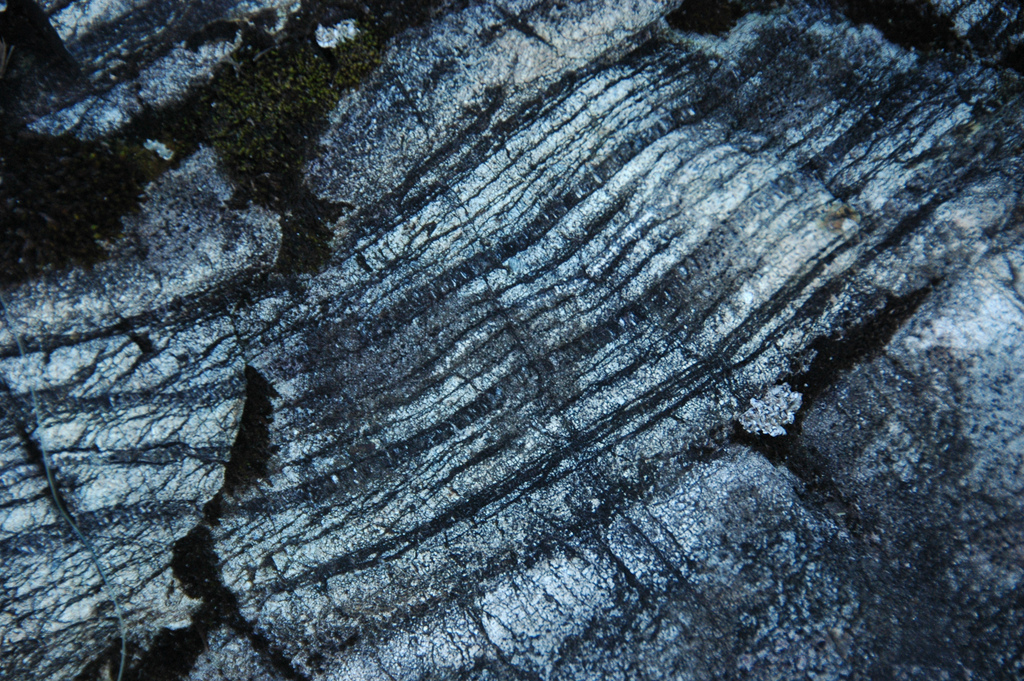- Home
- Science
- Our Work
- Air Pollution
- Agriculture, Farming and Pesticides
- Asthma and other Lung Diseases
- Coronavirus Pandemic (COVID-19)
- Exposure to Chemicals and Dust
- Exposure to Nanomaterials
- Human Exposure
- Neurodegenerative Diseases
- Musculoskeletal Disorders
- Occupational Cancer
- Sustainable Working
- Sustainability and Climate Change
- Stress, Wellbeing and Psychosocial Issues
- COVID-19 IOM Study of Face Coverings in Retail Environments
- Styrene Study
- PROTECT COVID-19 National Core Study
- Firefighters and Cancer – IOM Report
- MORtality Study of Former Professional Footballers in England and Wales (MORSE) Study
- Our Scientists
- Our Expertise
- Nano Material Services
- Development and Management of Data and Information Systems and Services
- Ergonomics Design and Evaluation
- Epidemiological Studies & Methods
- Exposure Assessment
- Health Impact Assessment (HIA) and Risk Assessment
- Policy Evaluations
- Study Design and Statistical Analysis
- Systematic Reviews and Meta-analyses
- Toxicology
- Workplace Cluster of Disease
- IOMLIFET
- IOM Scientists Advocate Tighter Standards for Airborne Dust at Work
- Research Project on Work Related Musculoskeletal Disorders
- Styrene Study
- Firefighters and Cancer – IOM Report
- IOM Library
- Contact our Research Experts
- Our Work
- Occupational Hygiene
- Case Studies
- Air Quality Sensors
- COSHH Assessment
- Dust Exposure
- Environmental Management
- Face Fit Testing
- Hand-Arm Vibration
- Indoor Air Monitoring
- Laboratory Animal Allergens
- Legionella Risk Assessment
- Local Exhaust Ventilation
- Noise Monitoring
- Thermal Exposure Monitoring
- Workplace Exposure Limits (WELs)
- Welding Fumes
- Remote Monitoring Services
- Formaldehyde Exposure Monitoring
- Biological Agent Exposure Monitoring in Waste Management
- Chromium VI
- Occupational Hygiene – Quick Quote
- Lab Services
- Asbestos and other Fibres
- Asbestos Sample Testing
- Asbestos Proficiency Testing
- Dust and Crystalline Silica
- Lead in Paint
- Metals, acid anions, acid gases
- Microbiology
- Pharmaceuticals
- Solvents & Other Organic Chemicals
- Hazard Assessment and Toxicology
- Dustiness Testing of Bulk Powders
- Lab Services Quick Quote
- Training
- Courses
- Face Fit Tester Training – Combined 2-day Course
- Face Fit Tester Training – Day 1 Qualitative Test Method
- Face Fit Tester Training – Day 2 Quantitative Test Method
- One Day Ventilation Maintenance Course
- BOHS Five Day Authorised Person (Ventilation) Course
- BOHS Three Day Competent Person (Ventilation) Course
- BOHS Two Day Competent Person (Ventilation) Refresher Course
- Contact our Training Team
- Courses
- Hospital Ventilation
- Authorising Engineer
- Dentistry Post Lockdown
- Design Review
- Independent Review
- Diathermic pen and Electro surgical tool testing
- Microbiological Monitoring
- Systems Refurbishment and Upgrade
- Validation and Verification Testing
- HSE COVID-19 Spot Check Inspections
- Training
- Contact Our Hospital Ventilation Experts
- Consultancy
- Our Company
- Contact Us

AFRICA: Asbestos Fibre Counting Inter-Laboratory Comparison
AFRICA (Asbestos Fibre Regular Informal Counting Arrangement) is an international proficiency testing scheme for laboratories measuring airborne asbestos fibre concentrations using the standard optical microscopy method.
Introduction
The purpose of the AFRICA Exchange is to allow participating laboratories to compare their counting standards with those of other laboratories and against reference counts in order to assist them in the quality control of their counting performances.
The scheme began in 1983 and its operational procedures are similar to the UK Regular Interlaboratory Counting Exchanges (RICE).
Currently there are two sample distributions per annum circulating around 30-40 different laboratories. Each distribution is a round robin wherein batches of reference slides are circulated between various small groups of laboratories. Laboratory counts are compared with reference counts and each laboratory can assess its own performance using the guidance for performance limits specified in the RICE scheme.
A list of all current participants can be found here.
Benefits of Membership
The membership fee for the AFRICA Scheme provides the participant with:
- Twice yearly batches of test samples to analyse. These batches include a range of all asbestos type samples as well as MMMF and organic matter.
- A provisional results report comparing the participant’s results to reference counts shall be sent directly to the participant following submission of counts.
- A group summary report shall be sent out at the end of each round outlining the counts obtained within each group. This allows the participant to compare their results to those of other laboratories within their group.
- An end of round report that provides a general overview of the performance during the round. This allows laboratories to compare their performance to that of the other participants as a whole.
- An individual laboratory certificate at the end of each round (grade dependent), which can be displayed and shown to others (authorities, clients etc.)
- Feedback for any participants who failed to achieve a good or satisfactory grade.
Additional benefits of membership include:
- For experienced asbestos laboratories, comparison with similar organisations in other countries;
- For less experienced laboratories, performance improvement through comparison with international asbestos fibre counting standards;
- A link between proficiency testing schemes in different countries;
- Contribution to participants’ internal quality assurance programmes;
- Opportunities to exchange news, advice and opinions on asbestos monitoring matters.
More information about the Exchange and details of the scheme’s operational procedures can be downloaded here.
If you wish to join the upcoming AFRICA exchange or require further information, please contact Amy Clark, AFRICA Scheme Coordinator at [email protected].

